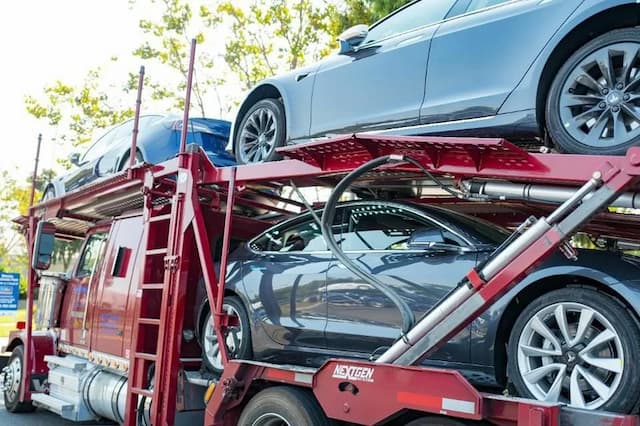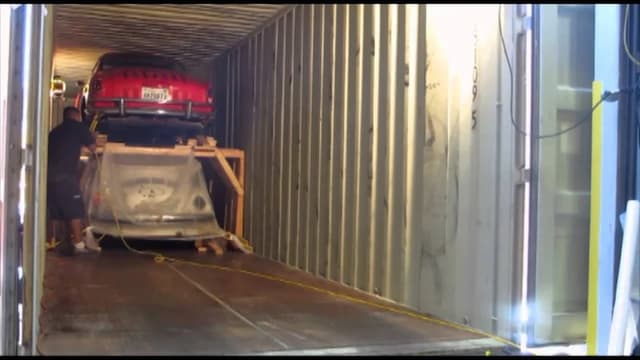Navigating Car Transport in St. Louis, MO
When it comes to shipping your car in Missouri, there's a world of factors to consider. Missouri, with its central location, varying weather patterns, and mix of urban centers and rural landscapes, presents a distinct set of circumstances. But don't worry! Here at CitizenShipper, we are committed to helping you navigate through it all. Whether you're moving into or out of St. Louis or need to transport your car for any reason, our expert team is here to help.
Missouri's Vehicle Transportation Laws & Regulations
In Missouri, car transportation laws and regulations are in place to ensure the safety and preservation of all vehicles and public roadways. Auto transporters must adhere to the Federal Motor Carrier Safety Administration (FMCSA) regulations for safety. Compliance involves ensuring that all vehicles are properly secured during transport and maintaining necessary documents for every shipped vehicle.
All auto transporters operating in Missouri must also possess an active MC Docket number, issued by the FMCSA. This number signifies that a transportation company is registered under the federal government, allowing them to legally operate across state lines. Additionally, Missouri requires carriers to maintain proper insurance coverage according to state regulations, providing protection for your vehicle during transit.
Weather & Terrain Considerations in St. Louis, MO
Weather patterns in St. Louis, MO have a significant impact on car shipping. With a continental climate, St. Louis experiences four distinct seasons including hot, humid summers and cold winters with occasional snowfall. The region can also experience severe weather including thunderstorms, tornadoes, and winter storms, all of which can potentially delay vehicle transportation.
St. Louis sits at the confluence of the Mississippi and Missouri Rivers, featuring a mix of flat riverfront areas and rolling hills. While the city itself has well-maintained highways, including major interstates like I-70, I-55, and I-44 that make it accessible for auto transport, seasonal flooding along the rivers can occasionally impact routes. If you're shipping to areas outside the main metro area, narrow roads or rural routes might present challenges for larger auto transport carriers, especially during winter months when ice and snow can create hazardous driving conditions.








